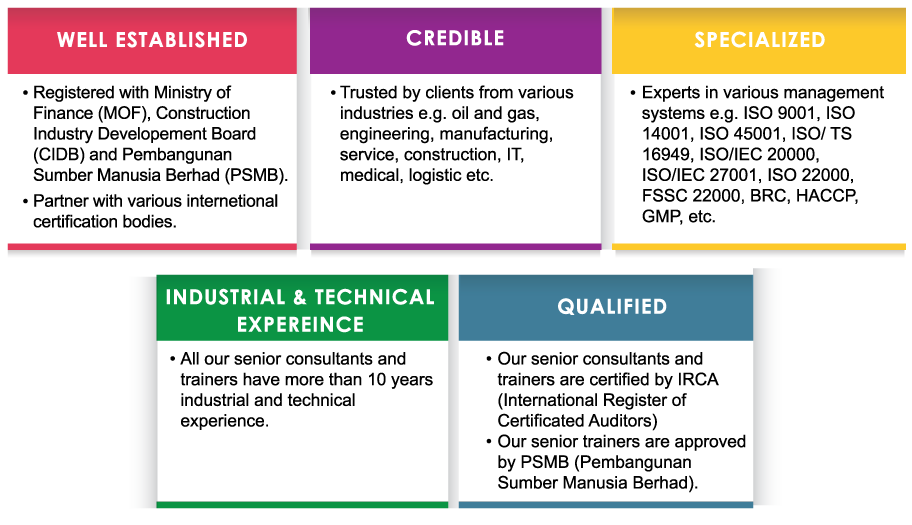How ISO Standards Work
How ISO International Standards work in the real world?
Example – ISO standards and food
Today more than ever, food products regularly cross national boundaries at every stage of the supply chain. ISO International Standards create confidence in the products we eat or drink by ensuring the world uses the same recipe when it comes to food quality, safety and efficiency.
ISO’s standards provide a platform for developing practical tools through common understanding and cooperation with all stakeholders on board – from agricultural producers, to food manufacturers, laboratories, regulators, consumers, etc. Working through its network of national members, its standards bring together the foremost expertise in the world and disseminate it to both developed and developing countries.
Out of more than 19,500 ISO International Standards, some 1 000 are specifically dedicated to food, and deal with subjects as diverse as agricultural machinery, logistics, transportation, manufacturing, labelling, packaging and storage. By implementing voluntary ISO standards, companies make a proactive commitment to the principles they stand for: quality, transparency, accountability and safety.
Food safety management
ISO has developed a series of standards for food safety management systems that can be used by any organization in the food supply chain.
It features:
• ISO 22000:2005 – Requirements for food safety management systems
• ISO/TS 22002-1:2009 – Specific prerequisites for food manufacturing
• ISO/TS 22002-3:2011 – Specific prerequisites for farming
• ISO 22005:2007 – Traceability in the feed and food chain
Did you know?
ISO 3591 determines the size of wine tasting glasses.
ISO 7304 provides cooking times for spaghetti.
ISO 3103 explains how to make the perfect cup of tea.
By the end of 2010, some 18,630 certifications to ISO 22000 had been issued in 138 countries and the number keeps growing!


